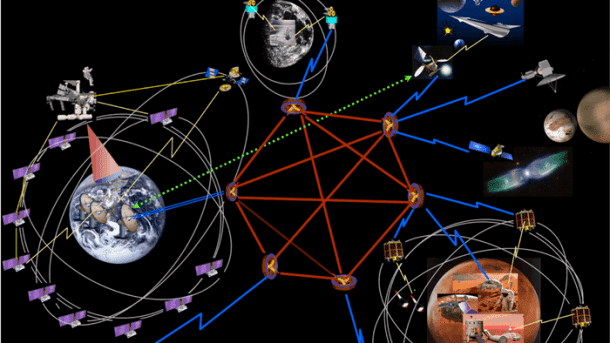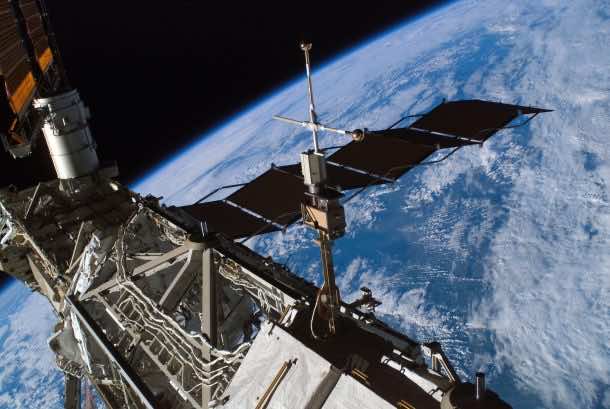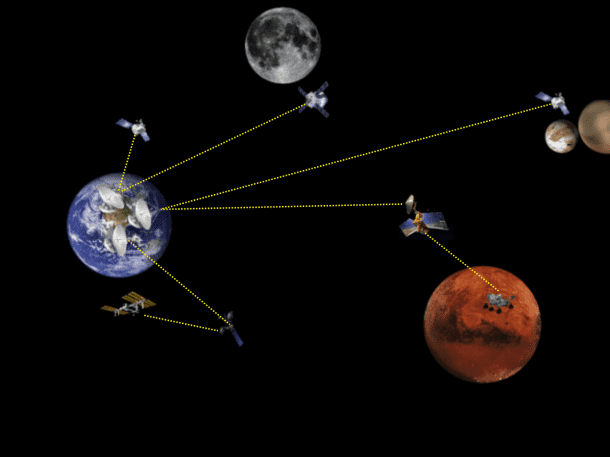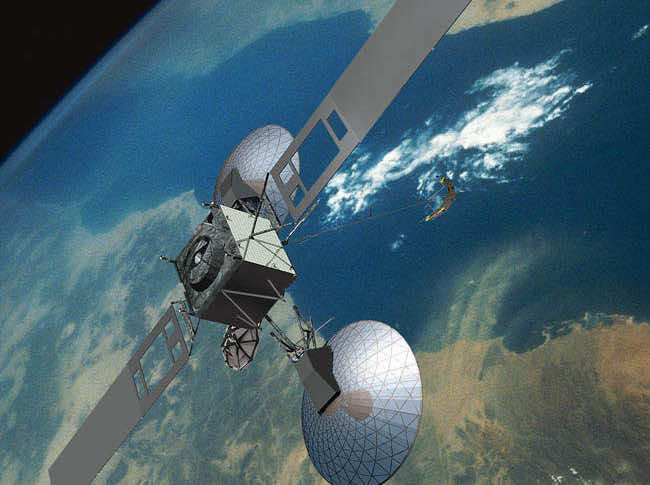The newly installed data network aboard the International Space Station (ISS) will bring a more reliable Internet connection. However, the most astounding aspect of this latest communication system by NASA is that it has the potential to cover the entire solar system.

The system has been named DTN, i.e. the Delay/Disruption Tolerant Networking. The communication model allows the partial bits of information to be stored in the nodes. The storage of data allows faster delivery of information along the transmission path as well as ensuring reliable communication.

DTN has been interfaced with the Telescience Resource Kit aboard ISS. The system has been developed painstakingly over a decade as part of the Advanced Exploration Systems (AES) program by the agency. The aim of AES is to develop technology that can aid in the future space exploration missions.
The conventional internet protocol used by the aeronauts required the availability of each node in the network for data transmission. For communication from ISS to the Earth station of NASA, the intermediary nodes are the satellites whose availability could not always be ensured.

DTN enables the info storage and transmission in partial bundles when the nodes become available. Thus, the new protocol can significantly bring down the latency, enhance bandwidth utilization and improve the availability of data.
The automated “store and forward” protocol can be used as a source of reliable communication for missions involved in deep space exploration. The same could serve as a communication tool for those who are involved in NASA’s mission to Mars.
Once received, the partial bundles of info can be reconstructed to decipher the complete message. NASA explained that the partially transmitted data can be reassembled:
“[at] ground stations on Earth, robotic spacecraft in deep space, or, one day, humans living on other planets.”
The availability of DTN in the orbit would guarantee more reliable communication on Earth as well, where it could become quite critical especially in the areas hit by a natural disaster. This video explains the basic idea of the DTN technology:
Dr. Vinton G. Cerf, an esteemed visiting scientist at the Jet Propulsion Laboratory of NASA in California worked in collaboration with NASA to develop DTN. Cerf explained the merits of this technology:
“Our experience with DTN on the space station leads to additional terrestrial applications especially for mobile communications in which connections may be erratic and discontinuous. In some cases, battery power will be an issue and devices may have to postpone communication until battery charge is adequate. These notions are relevant to the emerging ‘Internet of Things’. “
This technology is a huge leap towards the future of space internet.


